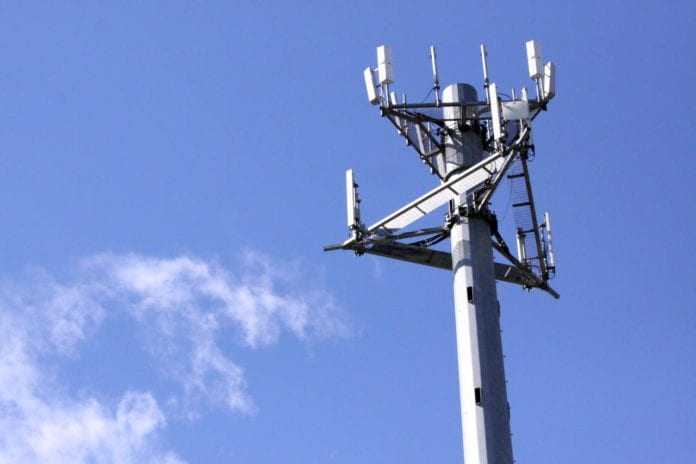Growing 5G conspiracy theories thought to be behind the attacks
Attacks against cell towers appear to be spreading like wildfire. Just a week after three separate cell tower fires were reported in the U.K., the Netherlands’ National Coordinator for Security and Counter-Terrorism (NCTV) confirmed that “various incidents […] ranging from sabotage to arson” have occurred at telecommunications radio masts around the country.
Rob Bongelaar, director of the Monet Foundation, an industry group in charge of installing cellular broadcasting towers in the Netherlands, spoke with Dutch newspaper De Telegraaf and stated that the targeted towers are locating in Rotterdam, Liessel, Beesd and Nuenen.
He also revealed that a phrase cursing 5G was sprayed on the transmission box of one of the Dutch towers, which is eerily reminiscent of the same phrase yelled in a video depicting the burning of one of the U.K. towers. While the vandalism occurred in different countries and likely by different people or groups, the use of the same phrasing suggests a common ideology regarding the unsupported dangers of 5G technology, an ideology that has gained some popularity as of late.
Activists around the world have been opposed to 5G for some time, primarily due to the fact that some 5G deployments rely on high-frequency spectrum use. But as COVID-19 continues to tighten its frightening grip, the idea that 5G is somehow exacerbating its spread or literally causing it has appeared to lead to an increase in these types of attacks.
But the real danger is rendering critical infrastructure inoperable during a global pandemic, resulting in the loss of connectivity for those who desperately need it right now.
According to Bongelaar, the ultra-fast connections offered by 5G are vital for hospitals and nursing homes. Not to mention the thousands of people who now find themselves without any cellular connectivity, be it 2G, 3G or 4G, as a result of the fires.
In a time when cellular connectivity is the only way for families and friends to check in on one another, or for patients to communicate with healthcare facilities or for the elderly or sick to receive supplies, the deliberate destruction of telecom infrastructure is maddening, or as Bongelaar put it, “incomprehensible and unacceptable.”
Despite the damage done in the Netherlands, Bongelaar assured that Dutch mobile service providers are working hard to keep their networks running “in this difficult time.”
The Netherlands is still trialing 5G and has a spectrum auction scheduled for June.

